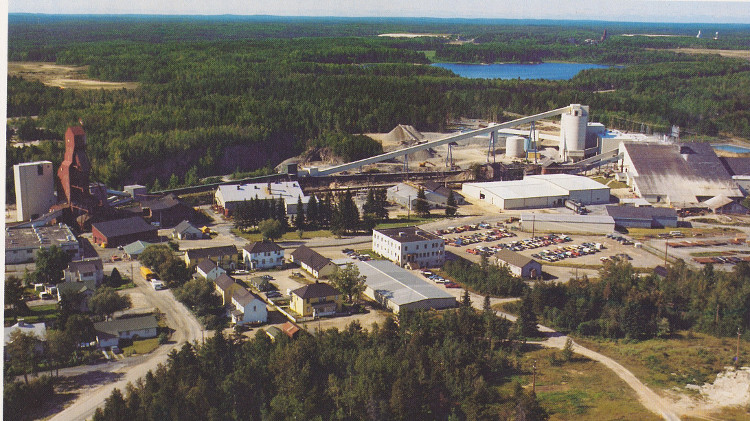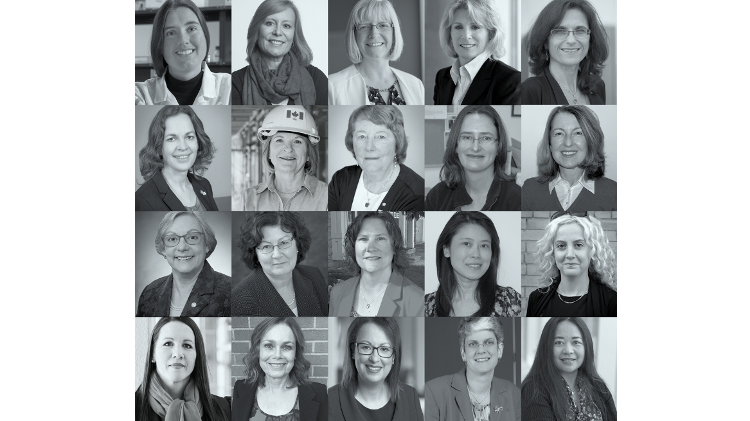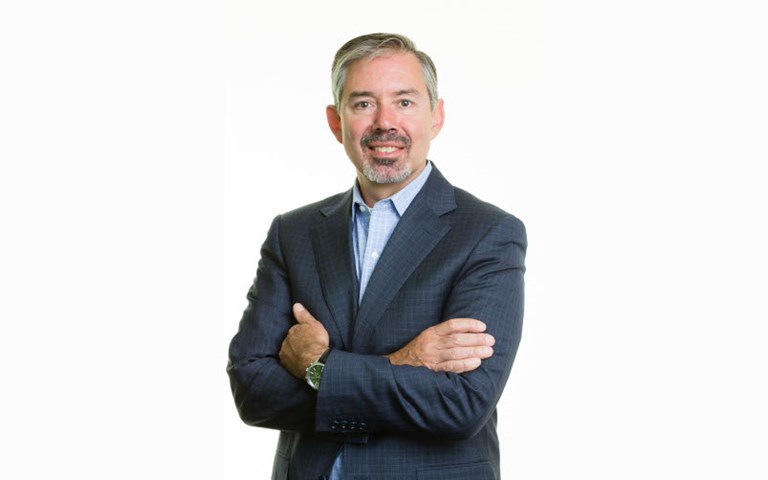Everyone’s talking about it. Our companies want more of it. Industry says we need it. Everyone says they do it! Their counterparties say they don’t do it. We have all these cool tools: video conferencing, messaging, cell phones, shared files, etc. Our industry is flush with organizations that facilitate collaboration. Yet we struggle to advance innovation, we struggle to deliver projects on time and on budget, we struggle to engage society and change the views that society has of mining.
The reality is that collaboration, and especially meaningful collaboration, is HARD. Unfortunately, to get to the optimum solution to any problem – from the acceleration of innovation, to the development of guidelines and standards, to the efficient delivery of services and products, to the challenge of ensuring the health, well-being and safety of our workforce – we need collaboration.
I recently participated in the Mining Maverick’s round table discussion on collaboration between mining industry service providers and mining companies. The discussion revolved around the benefits of collaboration and the challenges of doing something that at a high level seems simple and obvious.
During those discussions, one of the participants introduced Himmelman’s Collaboration Continuum. I personally had not seen this before. The continuum defines four different core levels, or stages, of collaboration. The first stage is networking, where we share information for mutual benefit. This requires little investment of time or resources, a low level of trust, and involves no sharing of turf, risks or rewards.
The fourth, most advanced stage is real collaboration, which requires formalized organizational commitment, substantial time commitment, a very high level of trust, extensive sharing of turf, written agreements and sharing of risks, responsibilities, resources and rewards.
For the first time, it struck me why collaboration might be so difficult. Many of us have a different interpretation of what collaboration looks like and most of us are likely see it closer to the first stage. However, our expectations are that we should be getting the results that come from the fourth stage of the collaboration continuum. There’s a disconnect between what needs to go into collaboration efforts and the expected outcomes.
As individuals, as companies and as an industry, we will need to better understand what collaboration actually is, invest the time and resources, give up some turf and share the rewards of collaboration. Not doing so will ensure the status quo and the status quo is not acceptable.
As we head back to an open world of conferences and the inevitable discussions on collaboration, we should keep in mind what our expectations are, and how big of a commitment we are willing to make to get the outcomes we are looking for.
P.S. I would like to thank Dr. Deborah Mashek of myco.consulting for her insights into the science of collaboration and Jason Fearnow for facilitating excellent global round table discussions.




